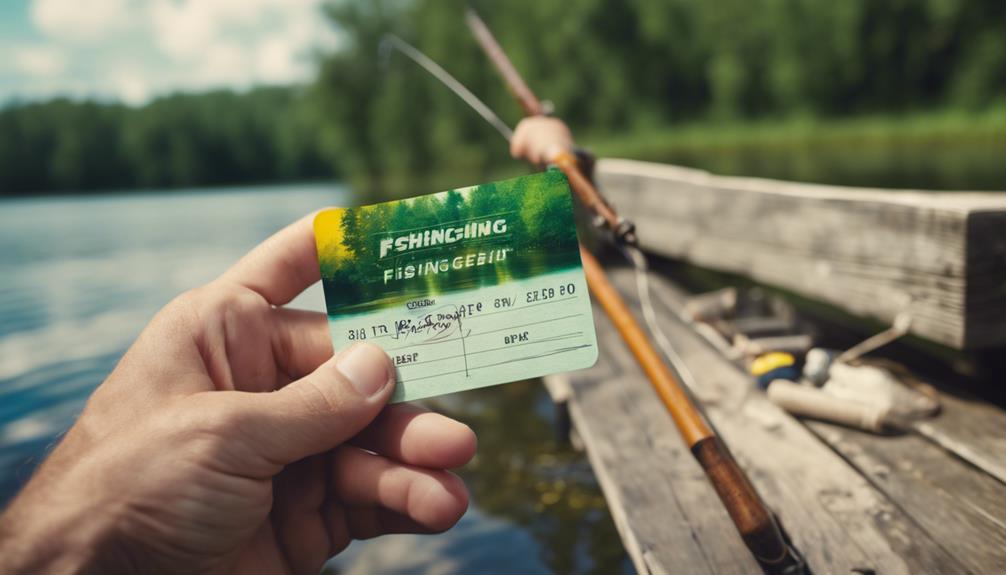Understanding Fish Flies: What Are They?
Fish flies, commonly known as mayflies, are aquatic insects that play a crucial role in the ecosystems of Michigan’s lakes and rivers. These insects are part of the order Ephemeroptera, and their lifecycle is closely tied to water bodies. In Michigan, fish flies are most noticeable during the summer months when they emerge in droves, creating a spectacle along the shores of the Great Lakes and various inland waterways. Their presence indicates a healthy aquatic environment, as they are sensitive to pollution levels, making them a natural indicator of water quality.
The Lifecycle of Fish Flies: From Nymph to Adult
The lifecycle of fish flies begins in the water as nymphs. These nymphs live underwater for several months, feeding on organic matter and algae. As they grow, they undergo several molts, preparing for their transition to adulthood. In late spring to early summer, the nymphs emerge from the water’s surface, transforming into winged adults. This transformation is a remarkable process that can take place in just a few minutes. The adults have a short lifespan, typically living only a day or two, during which they mate and lay eggs back in the water, ensuring the next generation continues the cycle. Understanding this lifecycle is essential for anglers and nature enthusiasts alike, as it directly impacts fishing conditions.
Why Fish Flies Are Important to Michigan’s Ecosystem
Fish flies play a pivotal role in Michigan’s aquatic ecosystems. As nymphs, they serve as a food source for various fish species, including trout and bass. Their emergence as adults provides a significant feeding opportunity for not only fish but also birds and other wildlife. This makes fish flies an integral part of the food chain. Moreover, their presence indicates a thriving aquatic environment, as they thrive in clean, well-oxygenated waters. By monitoring fish fly populations, environmentalists can gauge the health of Michigan’s water bodies, making these insects crucial for conservation efforts.
Fish Flies and Fishing: A Fisherman’s Perspective
For many anglers in Michigan, fish flies are more than just an ecological indicator; they are a key to successful fishing. Fish are often more active and willing to bite when fish flies are present, making the summer months prime time for fishing. Anglers often mimic the appearance of fish flies using specific lures or flies to attract fish. Understanding the timing of fish fly hatches can significantly enhance fishing success. For those looking to catch fish during peak fly activity, it’s essential to know when and where these insects emerge, ensuring a rewarding experience on the water.
The Best Locations in Michigan to Witness Fish Fly Hatches
Michigan is home to numerous locations where fish fly hatches can be observed. Some of the best spots include the banks of the Great Lakes, particularly near Lake Michigan and Lake Huron. Inland lakes, such as Torch Lake and Higgins Lake, also experience significant fish fly activity. Rivers like the Au Sable and Manistee are known for their prolific mayfly populations. Visiting these locations during late spring or early summer will provide a front-row seat to the fascinating phenomenon of fish fly hatches, offering both visual delight and excellent fishing opportunities.
Common Misconceptions About Fish Flies in Michigan
Despite their importance, fish flies are often misunderstood. Many people mistakenly believe that fish flies are harmful pests. While they can be numerous and somewhat of a nuisance due to their swarming behavior, they do not bite or sting. Their short adult lifespan means that their swarming is primarily for reproduction, after which they die off quickly. Additionally, fish flies do not cause damage to homes or gardens; their presence is merely a sign of a healthy aquatic ecosystem. Educating the public about these misconceptions can help foster a greater appreciation for these fascinating insects.
How Climate Change Affects Fish Fly Populations in Michigan
Climate change presents significant challenges for fish flies and their habitats in Michigan. Changes in water temperature and quality can directly impact their lifecycle and reproductive success. Warmer water temperatures may lead to earlier hatches, which could disrupt the synchronicity between fish fly emergence and fish feeding patterns. Furthermore, increased pollution and habitat degradation threaten the aquatic environments that sustain fish fly populations. Understanding these impacts is crucial for conservation efforts aimed at preserving both fish flies and the broader aquatic ecosystems they inhabit.
Conclusion: Embracing the Fish Fly Phenomenon in Michigan
In conclusion, fish flies are more than just a seasonal nuisance; they are an essential component of Michigan’s natural ecology and a significant factor in the fishing experience. By understanding their lifecycle, ecological importance, and the effects of environmental changes, residents and visitors can better appreciate these unique insects. Whether you are an angler looking to improve your catch or a nature lover eager to witness one of Michigan’s natural spectacles, embracing the fish fly phenomenon can enrich your experience in this beautiful state. So, next time you see a swarm of fish flies, remember their vital role in Michigan’s ecosystem and the joy they bring to those who appreciate the wonders of nature.
By focusing on the keyword phrase “fish flies Michigan” and its related terms, this article aims to provide valuable insights while adhering to SEO best practices. Emphasizing readability and engaging content ensures that readers not only gain knowledge but also enjoy their time spent exploring the topic.
